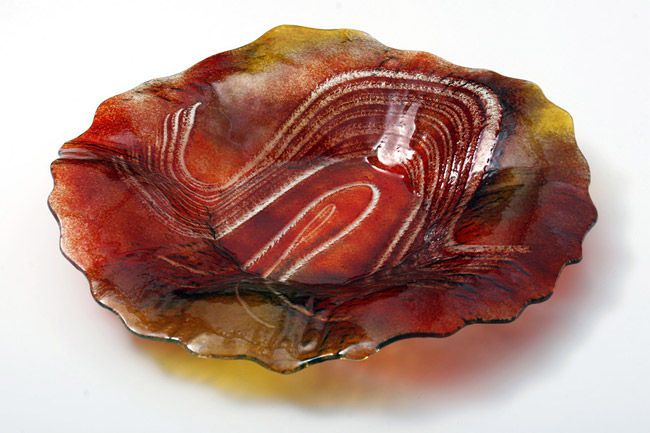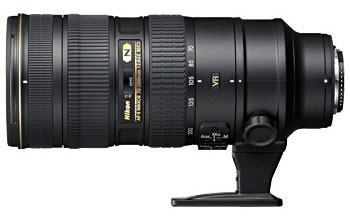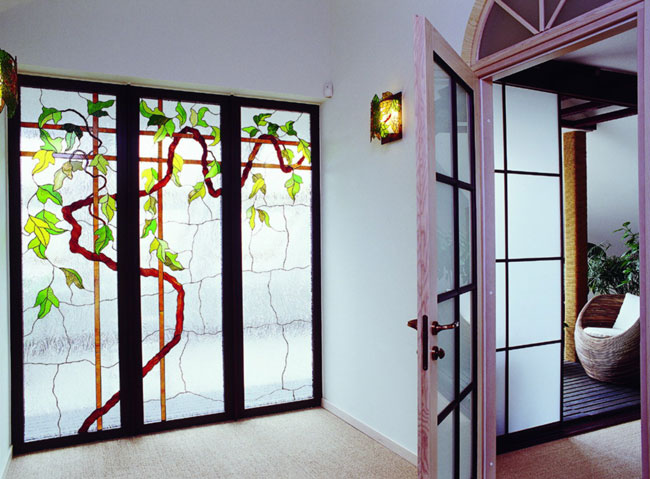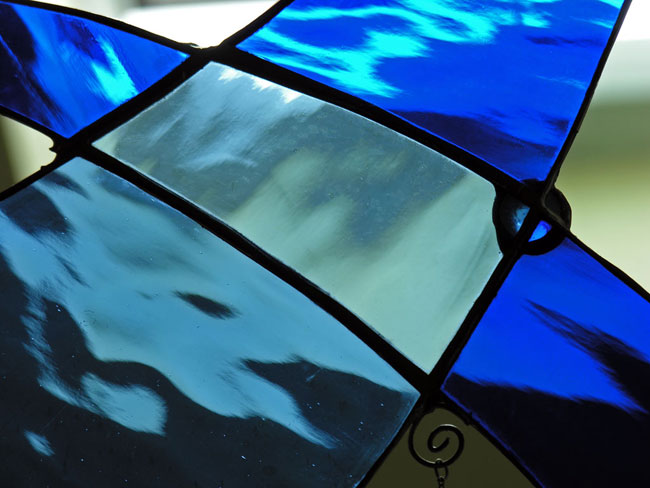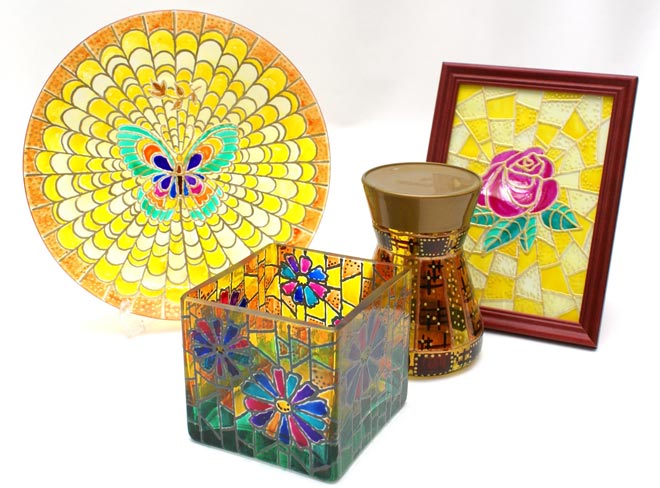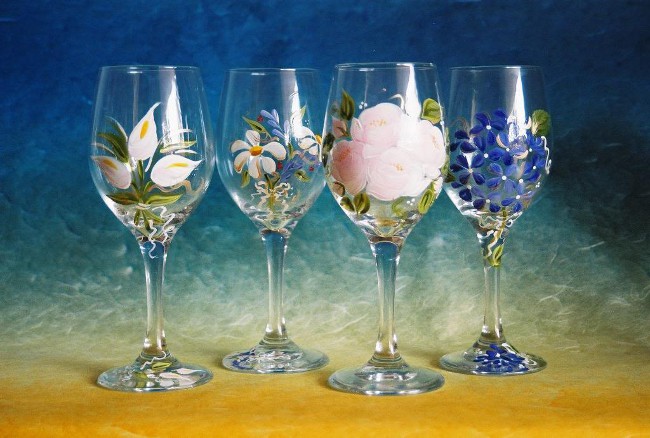Glass fusing
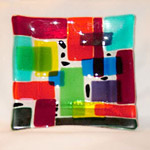 Fusing - this is the sintering of glass in the furnace at high temperatures. Glass fusing allows you to create stained glass and other original glass products. Fusing at home it is possible, but you will need special equipment.
Fusing - this is the sintering of glass in the furnace at high temperatures. Glass fusing allows you to create stained glass and other original glass products. Fusing at home it is possible, but you will need special equipment.Glass fusing appeared in Germany in the 1990s. This technology is quite young, especiallycompared with centuries-old traditions and technologies for making stained-glass windows, for example, "tiffany". Glass fusing allows creating multi-layer products with relief. Due to the lack of seams, the stained-glass window created in the fusing technique will not be afraid of water. Glass fusing makes it possible to create a light, airy drawing that resembles watercolor.
Is fusing possible at home? Our answer is, of course, possible! However, the glass fusing can not be done in an ordinary oven - it just does not heat up to the required temperature. Special fusing ovens are heated to a temperature of 1100 ° C, and for supply they lack the standard 220 V. For the creation of small products (for example, coulombs) apply fusing in a microwave. This does not mean that you can put the glass inmicrowave, and it will melt - otherwise your dishes would melt when you warm up the food. A special fusing oven is installed in the microwave oven, which is heated to the desired temperature by microwaves. For microwave fusing, a microwave oven with a power of 800 W is suitable.
For fusing at home you will need:
- fusing oven
- The microwave oven (if the oven provides for heating by means of microwaves)
- glass
- glass cutter
- gloves
- protective glasses
- filler
- heat-resistant paper
Glass fusing begins with sketching future product. It is better to start with small things like jewelry, and, having stuffed your hand, you can go to paintings and stained-glass windows. Then the fusing glass is cut to pieces in accordance with the sketch. For cutting glass the glass cutter is used. Take into account that oil cutters are prohibited: the glass can burst when heated. Protective goggles will help protect your eyes from splinters, so they can not be neglected.
If you decide to do glass fusing, you need to remember that the glass is estimated by such an indicator as COE is the coefficient of thermal expansion. It shows how much the size increasesglass when heated. For fusing it is necessary to use glass with the same coefficient of COE, otherwise the finished product will be brittle and may fall apart.
The finished pieces of glass are laid on a substrate ofglass, if you make a stained glass or panel, or a piece of phase (heat-resistant) paper, if you make a pendant. The size of a piece of phase paper must be greater than the size of the future product. When making products of a large area, the gaps between the panes fill with filler for fusing - for example, glass granules.
The next stage of glass fusing is actually sintering. The laid out pattern carefully, not to be displaced, is transferred to the oven. The sintering time depends on the size of the product, the number of layers and the power of the furnace. When full fusing glass fuses into a continuous mass, and when incomplete - Sintered with preservation of the product relief. Most likely, the optimal sintering time you will have to determine experimentally, but the instructions to the fusing furnace may contain helpful tips and tips. Furnaces for fusing, installed in the microwave, do not recommend heating for more than 6 minutes. Any work with the stove should be done in protective gloves!
When the glass fusing is complete, turn off the stove and wait cooling glass. The stove placed in the microwave oven needs to be removedfrom it and put on a heat-resistant surface (tiles, metal, etc.). If you open the stove immediately, the product may become brittle from a large temperature drop. The glass cools down for 30 minutes, then you can open the oven and get the finished product. Completely cooled glass has the same color as before sintering. However, the so-called dichroic glass after sintering changes color and texture.
If you are not sure that the glass fusing will work for you the first time, you can register for courses or master classes on fusing at home. There you will learn the techniques of working with glass and will tell you how to choose the necessary tools and materials. The drawback of this hobby is that glass fusing is not a cheap thing. However, if you are willing to fork out, fusing at home will help you create original ornaments and interior items from multi-colored glass.
